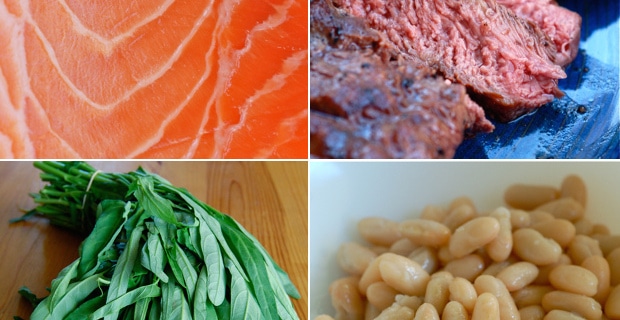
Various products available in supermarkets tout “high protein” labels in a bid to convince consumers that their products are not only superior to others, but a wise choice for inclusion in a healthy diet. In truth, these claims may not be entirely unwarranted.
Protein is not really a food, but a macronutrient. Like carbohydrates and fats (which can also be good for you), protein is composed of carbon, hydrogen, and oxygen. But what distinguishes protein from fats and carbohydrates is that it has one more element – nitrogen. While the importance of a high protein diet has only recently come to light in the mainstream, it has always been crucial towards the maintenance of a healthy diet.
Read more about healthy eating tips for busy lifestyles
The reason that protein is such a crucial part of a healthy diet is because it is integral to not only muscle growth, but muscle repair as well. In the ever-expanding field of health and wellness it should now be common knowledge that an exercise program (when combined with a healthy diet) is the most effective way of preventing the onset of disease. Because exercise routines can deplete your muscles, consuming enough protein ensures that they are replenished effectively, and also ensures that your immune system stays healthy. Furthermore, a deficiency in protein means that the body will struggle to make and repair body cells, hormones, antibodies, enzymes, and neurotransmitters, and as a result body tissue will be broken down to release amino acids.
How much do I need and how can I get it?
Here’s where things get a little fuzzy. Technically, there is not really one target amount. The Dietary Reference Intakes (DRIs) actually advise a wide range of protein depending on your lifestyle. For adults, they suggest that 10% to 35% of your daily calories come from a protein source. While we know high intake is important for athletes and active individuals in general, it should also be noted that your protein needs also increase during pregnancy due to the mother’s increased blood volume and growing breast and uterine tissues.
Read more about thriving during pregnancy on a vegetarian diet
It’s quite easy to supplement your meals with additional protein sources. Adding additional egg whites to your scrambles in the morning, nuts on top of your salad at lunch, or a side of quinoa at dinner are all excellent low-fat, high-protein sources that can help you get your fill. One of my favorite things to do is finish the night off with a protein shake. Many people think shakes are only suitable after workouts, but there’s nothing wrong with having a delicious shake randomly throughout the day.
Image: jacqueline




